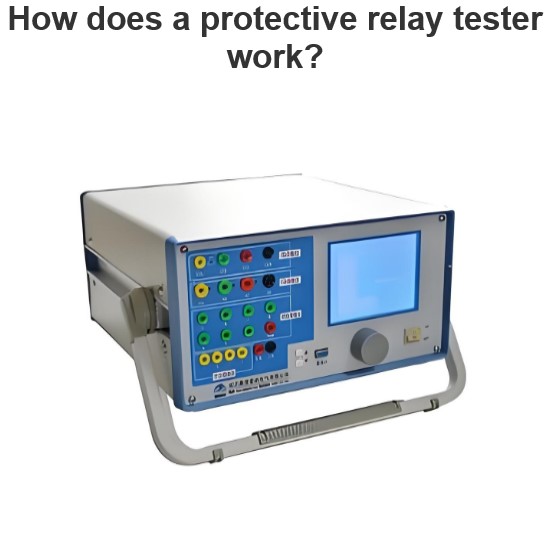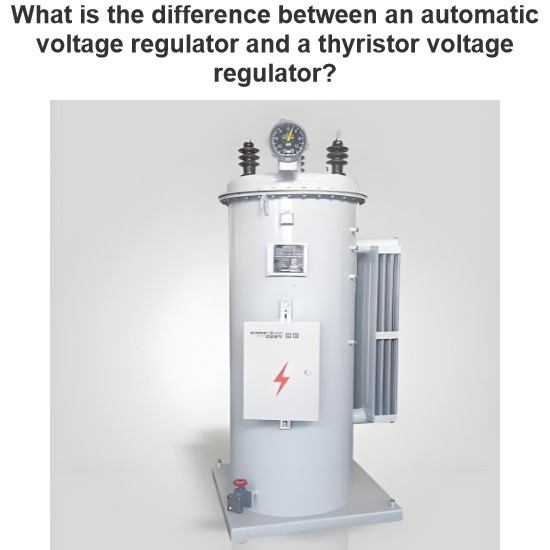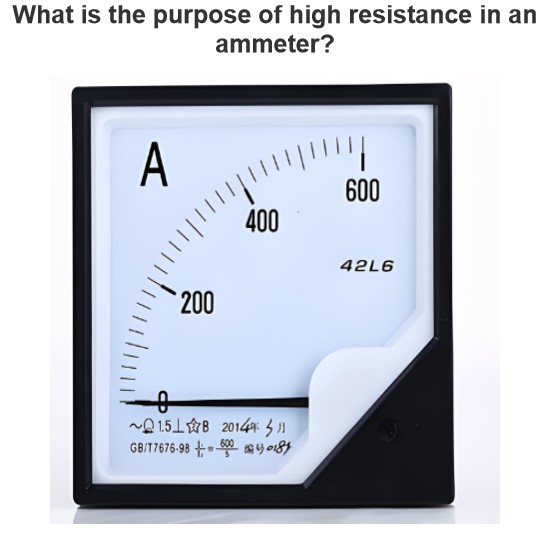What is the purpose of using a moving coil in a galvanometer to increase its sensitivity?
The purpose of using a moving coil in a galvanometer to increase its sensitivity is to enhance the galvanometer's ability to detect very small changes in current. A moving coil galvanometer is a highly sensitive instrument commonly used to detect and measure very small currents. Here are the specific purposes and principles behind using a moving coil to increase sensitivity:
Purposes
Increase Sensitivity:
A moving coil galvanometer can detect extremely small current changes, typically in the microampere (μA) or even nanoampere (nA) range.
High sensitivity makes the galvanometer useful in scientific research, precision measurements, and laboratory environments.
Reduce Power Consumption:
The operating current of a moving coil galvanometer is very small, resulting in extremely low power consumption. This makes it suitable for battery-powered portable devices.
Improve Resolution:
The design of the moving coil allows the galvanometer to provide higher resolution, meaning it can more finely distinguish changes in current.
Reduce Interference:
A highly sensitive moving coil galvanometer can more easily filter out background noise, thereby improving measurement accuracy.
Principles
Moving Coil Structure:
The core of a moving coil galvanometer is a small coil suspended in a magnetic field. The coil is typically wound with very fine wire to reduce its mass and inertia.
The ends of the coil are connected to the external circuit. When current flows through the coil, it experiences a force in the magnetic field and deflects.
Magnetic Field Effect:
The magnetic field surrounding the coil is usually provided by a permanent magnet. When current flows through the coil, according to Ampère's law, the coil experiences a force perpendicular to the magnetic field.
This force causes the coil to deflect, and the deflection angle is proportional to the current passing through the coil.
Pointer and Scale:
The deflection of the coil is indicated by a lightweight pointer on a scale. The angle of deflection can be read directly, reflecting the magnitude of the current passing through the coil.
The scale is typically marked in microamperes or nanoamperes to allow precise readings.
Damping Mechanism:
To prevent oscillations of the coil during deflection, moving coil galvanometers are often equipped with damping mechanisms, such as air damping or magnetic damping.
These damping mechanisms quickly stabilize the coil at its new equilibrium position, improving measurement accuracy and stability.
Specific Applications
Laboratory Measurements:
Moving coil galvanometers are commonly used in laboratories to measure weak currents, such as those in chemical reactions or photoelectric effects.
Research Fields:
In fields such as physics, chemistry, and biology, moving coil galvanometers are used for high-precision current measurements and signal detection.
Industrial Testing:
In industrial testing, moving coil galvanometers are used to detect small current changes in circuits to ensure proper operation of equipment.
Summary
Using a moving coil to increase the sensitivity of a galvanometer is aimed at enhancing its ability to detect very small current changes, reducing power consumption, improving resolution, and increasing measurement accuracy. Moving coil galvanometers, with their high sensitivity and low power consumption, play a crucial role in scientific research and precision measurements.
The Electricity Encyclopedia is dedicated to accelerating the dissemination and application of electricity knowledge and adding impetus to the development and innovation of the electricity industry.




